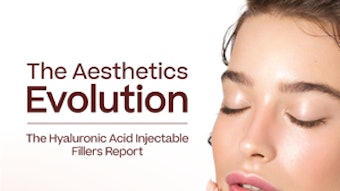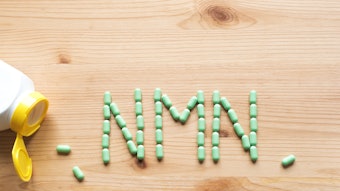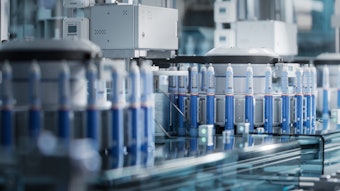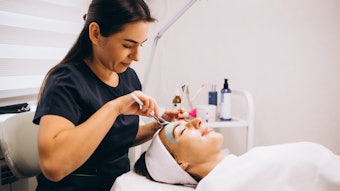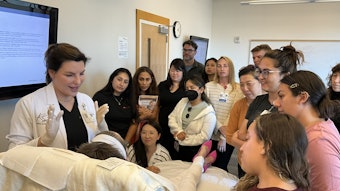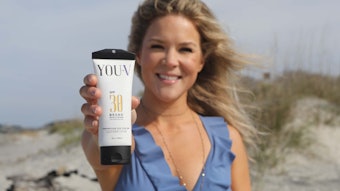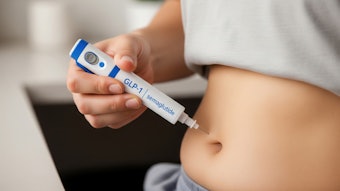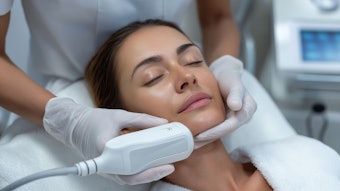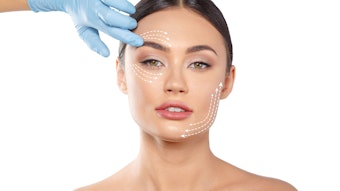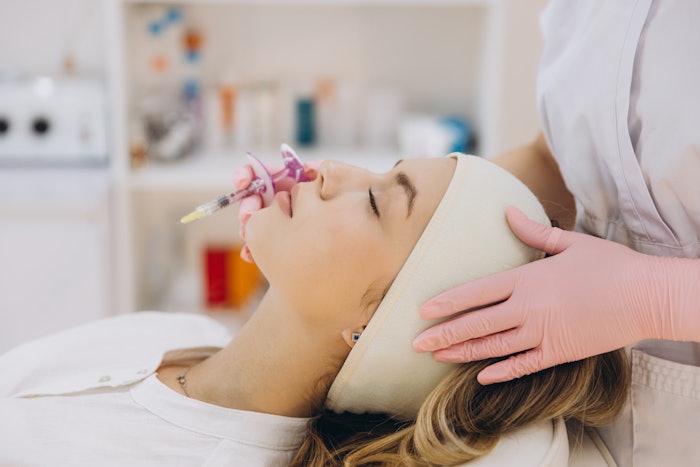
Guidepoint Qsight released its purchasing trends report, and it reflected an increase in GLP-1 medications at offices and practices, specifically in conjunction with other procedures like body contouring. Filler, it appears, is increasingly paired with neurotoxins and not the other way around; Instead, hyaluronic acid filler is seeing a decline in offices. Meanwhile, skincare packaged into treatment plans becomes a smart strategy for medspas to integrate.
About 50% of all dermal filler visits also include a neurotoxin procedure, while only 13% of neurotoxin visits include dermal filler procedures—a decline from 21% in 2017 [1]. Hyaluronic acid fillers, in particular, are seeing the most decline among patients and make up the majority of dermal filler procedures.
Erika Sheyn, SVP of aesthetics at Qsight says patient spending on biostimulatory fillers, however, is increasing. This shift may signify a preference toward longer-lasting or more natural-looking results, ones that work compatibly with a patient’s natural skin type. Since these are longer lasting and filler is typically more targeted based on specific aesthetic goals, this could explain the decline while neurotoxin behavior remains unchanged, she adds.
“Neurotoxins have become a routine part of aesthetic care and are often the first treatment patients try,” Sheyn says. “They’re used preventatively and maintained regularly, which contributes to their higher frequency as standalone visits.”
The report highlights GLP-1’s aptitude for being paired well with other procedures, a succession to the medication being primarily sought out exclusively in aesthetic practices and driving revenue as a stand-alone previously [2]. It has sustained its demand, as 15% of all visits at medical aesthetic practices offering GLP-1 involved the purchase of GLP-1 medication in 2024, but now, about 10% of body contouring visits now include a GLP-1 purchase, up from just 2% in 2022 [1].
“As patient goals shift toward long-term transformation, many are turning to weight management as a foundation for their aesthetic journey,” Sheyn says.
Practices, she adds, have an opportunity to position GLP-1 alongside treatments like body contouring or skin tightening to address metabolic and physical changes into a cohesive plan. Practices also have the opportunity to bundle skincare into treatments, as data shows patients are visiting aesthetic offices solely for medical-grade skincare.
In visits involving chemical peels, microneedling or hydradermabrasion, skincare can add an additional 30–45% to the total revenue [1]. These services naturally pair with skincare for post-treatment recovery and maintenance between treatments.
With 50% of skincare sales occurring without a procedure [1], skincare is increasingly seen as part of the treatment journey, not just a retail item, she says—indicating a shift toward the need for practices and medspas to incorporate regimens into the overarching treatment plans rather than an add-on.
“This points to an expanded role for practices, not just as treatment centers, but as trusted sources for ongoing skin health strategies,” Sheyn says.
References:
1-https://qsight.guidepoint.com/products/sales-measurement/#download-report
2-https://www.medestheticsmag.com/business/practice-management/article/22930881/glp1-medication-services-are-driving-medspa-and-aesthetic-physician-office-revenue-growth

